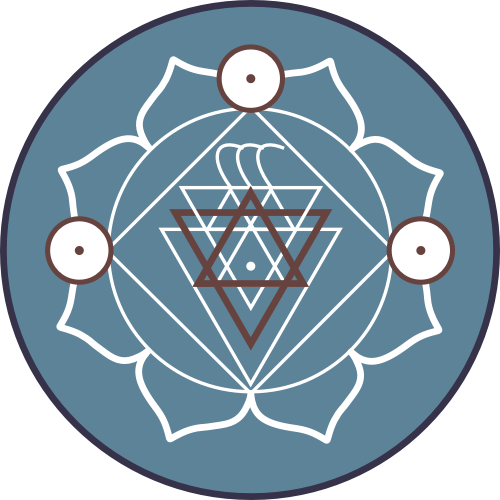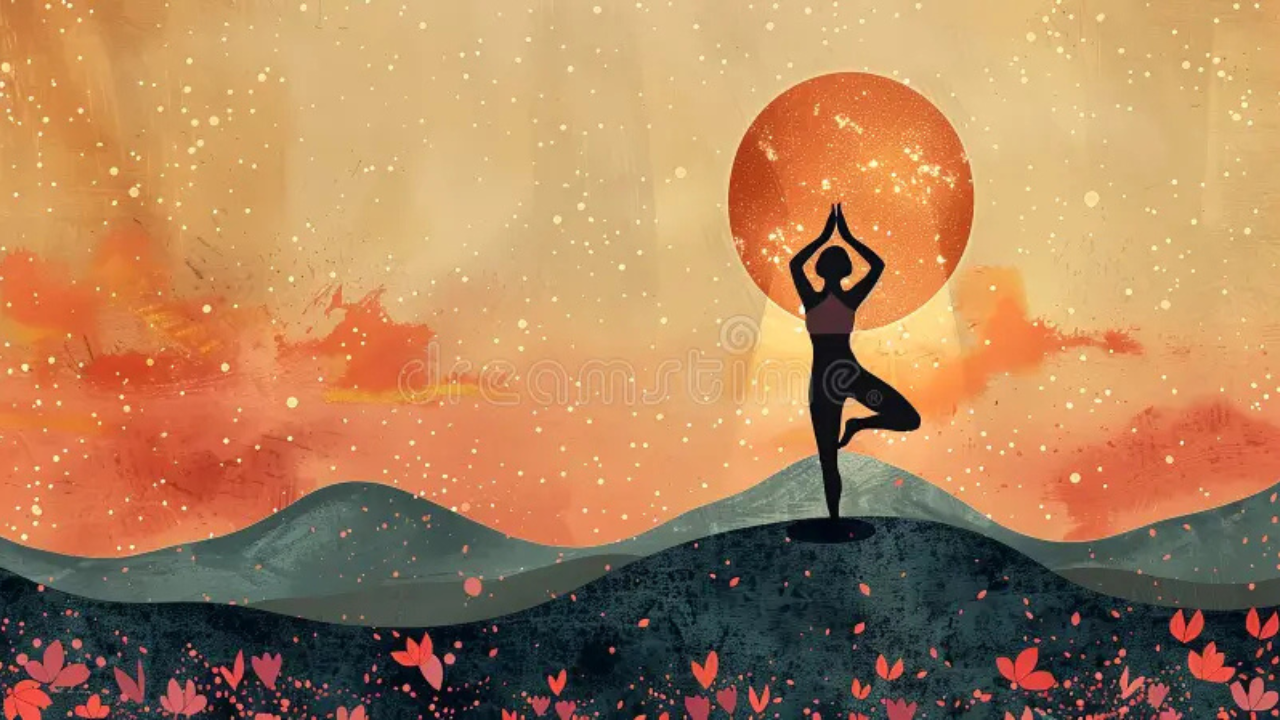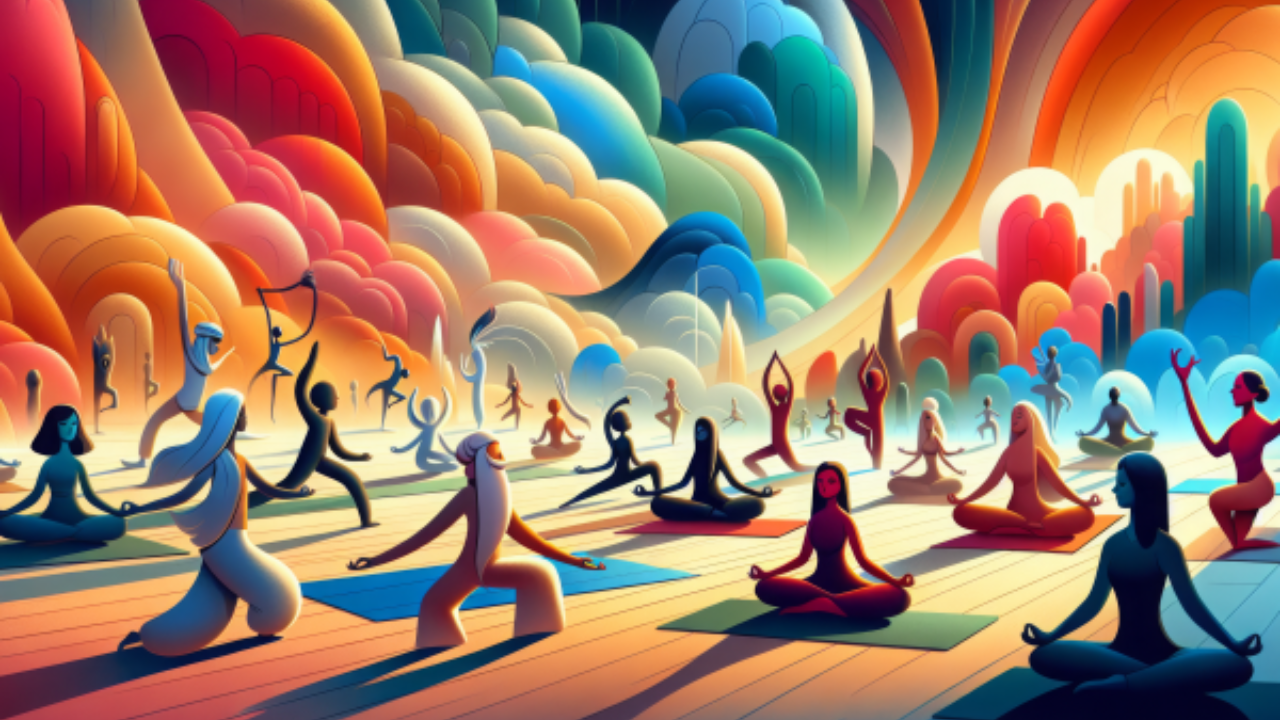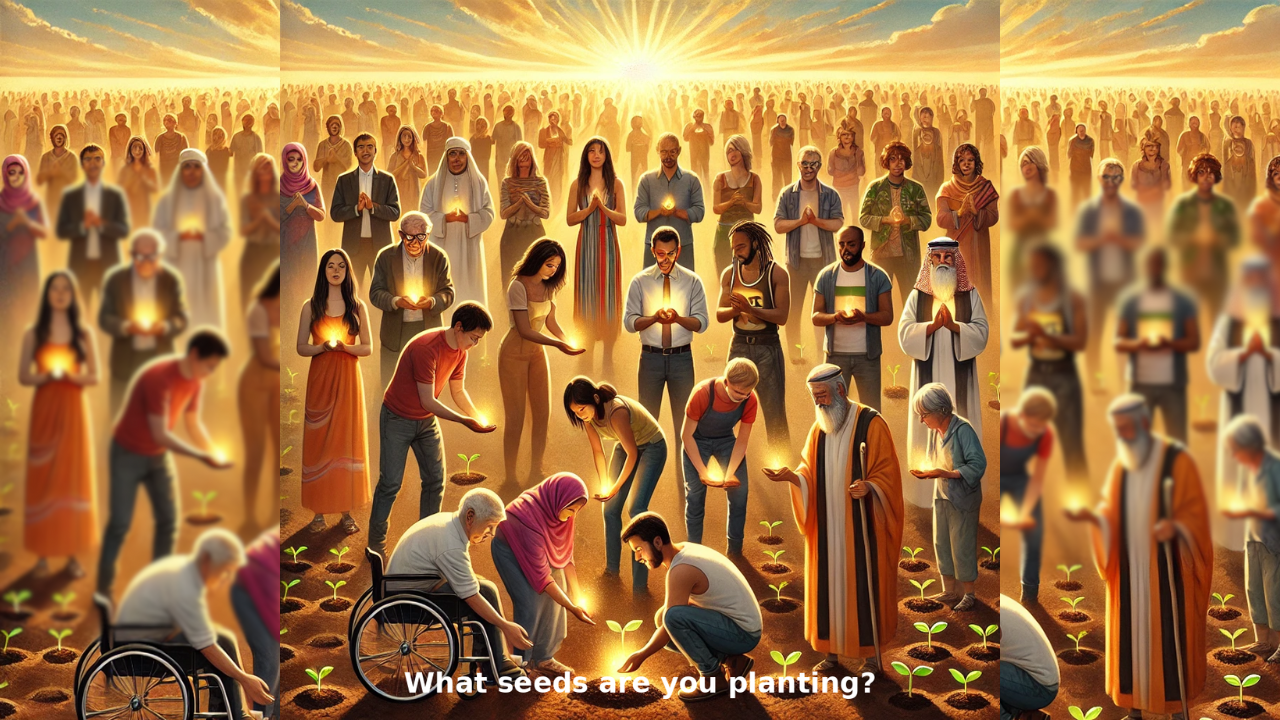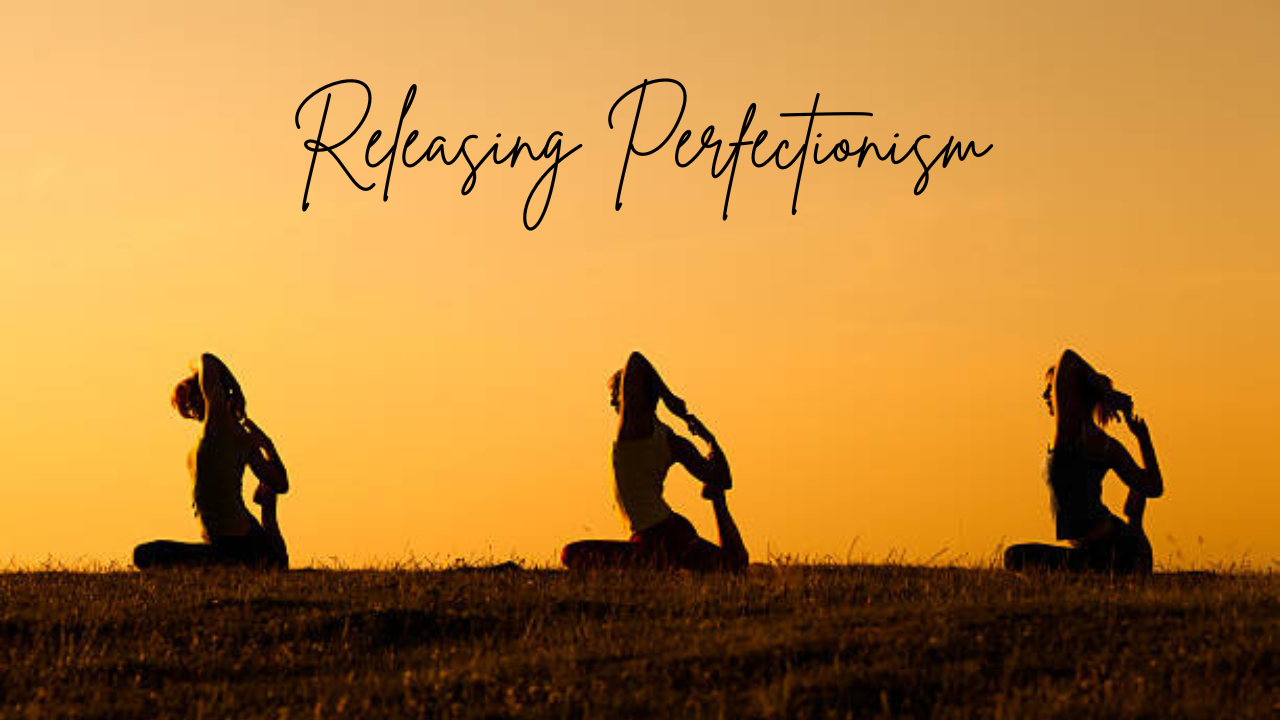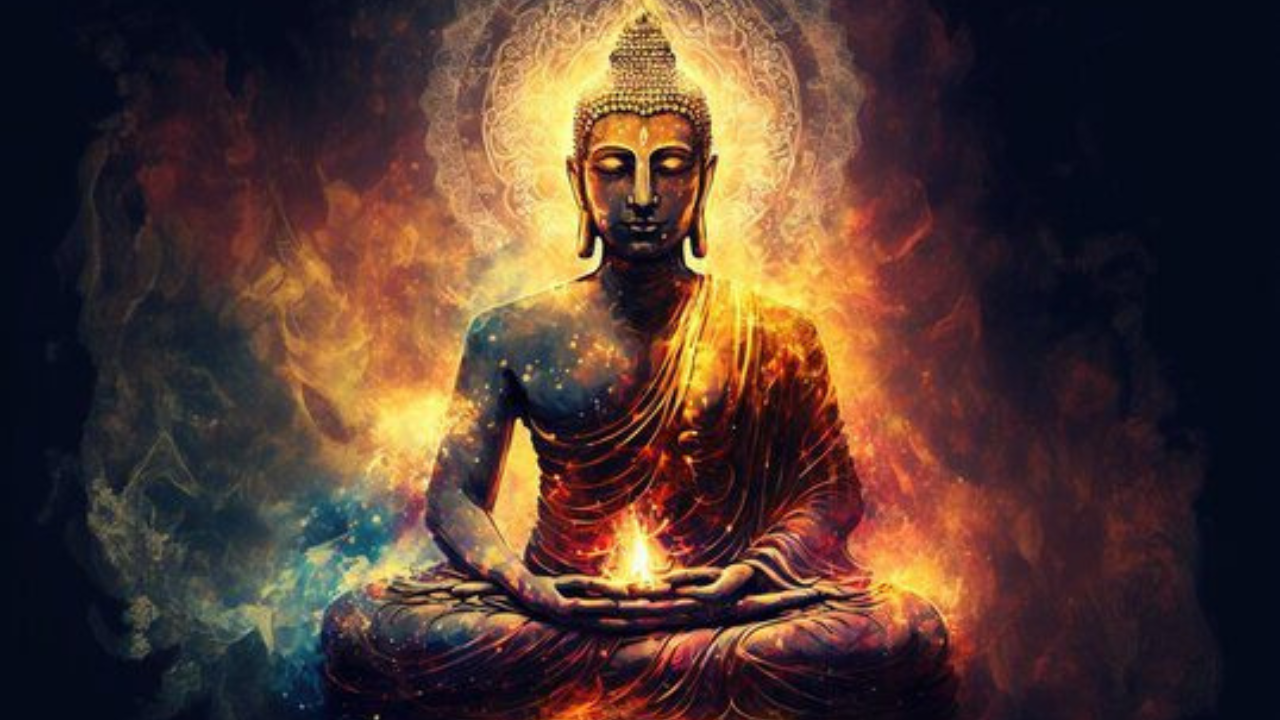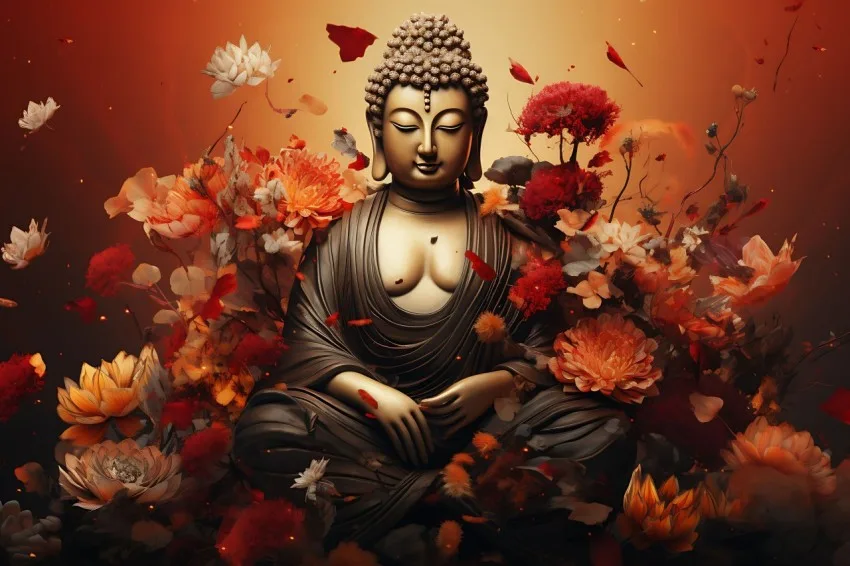Why Yoga, Why Now? A Wake-Up Call from My Father’s Recovery
“Atha yoga anushasanam.”
“Now, the practice of yoga begins.”
— Patanjali’s Yoga Sutra 1.1
The Urgency of Now
Patanjali begins the Yoga Sutras with a simple yet profound word: Atha—“Now.” It’s a call to presence. Not tomorrow. Not when it’s convenient. Now.
I’ve always understood this teaching as a reminder to begin where we are. But on my recent trip to Texas, where I was supporting my father after his third fall in six months, Atha took on a whole new meaning.
My dad has never been particularly active, and since his wife’s passing, his movement—and motivation—had declined further. When I arrived at the rehab facility, he couldn’t get out of bed, stand, or walk. And yet, despite this, he was the healthiest person I saw there.
That hit me hard.
Because if he was the healthiest, what did that say about everyone else?
I saw firsthand what happens when movement is no longer prioritized—when strength fades and stillness becomes the default.
The Real Reason We Lose Mobility
Mobility loss isn’t an inevitable part of aging—it’s the result of how we age. It’s not just about strength or flexibility but both working together. When either one is missing, the body weakens fast.
This isn’t just about comfort or independence—it’s about survival. Sedentary living is a silent killer. The CDC reports that lack of movement contributes to 1 in 10 premature deaths in the U.S. It increases the risk of heart disease, stroke, diabetes, and even cancer—putting it on par with smoking and obesity.
I saw it in my dad. But I also saw something else—something that changed the way I think about movement, aging, and what’s possible
The Power of Showing Up
As he began physical therapy, I watched him shift—not just physically, but mentally.
Each time he engaged his muscles, each time he stood, even when it was shaky, something turned on inside him. His light returned. His motivation widened. He began to want to move.
This is where yoga takes things further than physical therapy ever could.
Because yoga isn’t just exercise—it’s a practice of awareness, breath, and alignment. It’s how we communicate with the body, listen to what it needs, and respond before a crisis forces us to.
Why One Yoga Class Per Week Is Non-Negotiable
If you want to age with strength and the ability to live in your body rather than feel trapped by it, yoga must be part of your life. Even one class per week can shift your trajectory.
And yes—this applies even if you already exercise.
Because while cardio and strength training are important, they don’t fully address mobility, breath, and alignment.
Here’s why yoga is a necessary complement to any movement practice:
1. Strength + Stability = Mobility – Lifting weights builds strength, but without mobility, strength becomes rigid. Yoga keeps muscles functional and joints adaptable.
2. Joint Longevity – Running and cycling build endurance but can create repetitive strain. Yoga moves joints through their full range, preventing stiffness and injury.
3. Breath as the Missing Link – Breath enhances endurance, recovery, and energy efficiency in any workout.
4. Body Awareness = Injury Prevention – Many injuries come from misuse, not overuse. Yoga teaches alignment so you move smarter in every activity.
5. Longevity in Movement – Your fitness routine now determines how well you move in 10, 20, or 30 years. Yoga ensures you can keep doing what you love.
It’s not about replacing your current movement—it’s about making sure it serves you long-term.
Now Is the Time
My dad didn’t get here overnight. And neither do we.
But the wake-up call is this: If we wait until movement is no longer optional, we’ve already lost too much.
Now is the time. Now is the invitation. Now is when we begin.
So take the class. Move your body. Breathe.
Because your future self—the one who still wants to walk, travel, and live fully—will thank you for it.
With the deepest love ~ Prema,
Tiff
